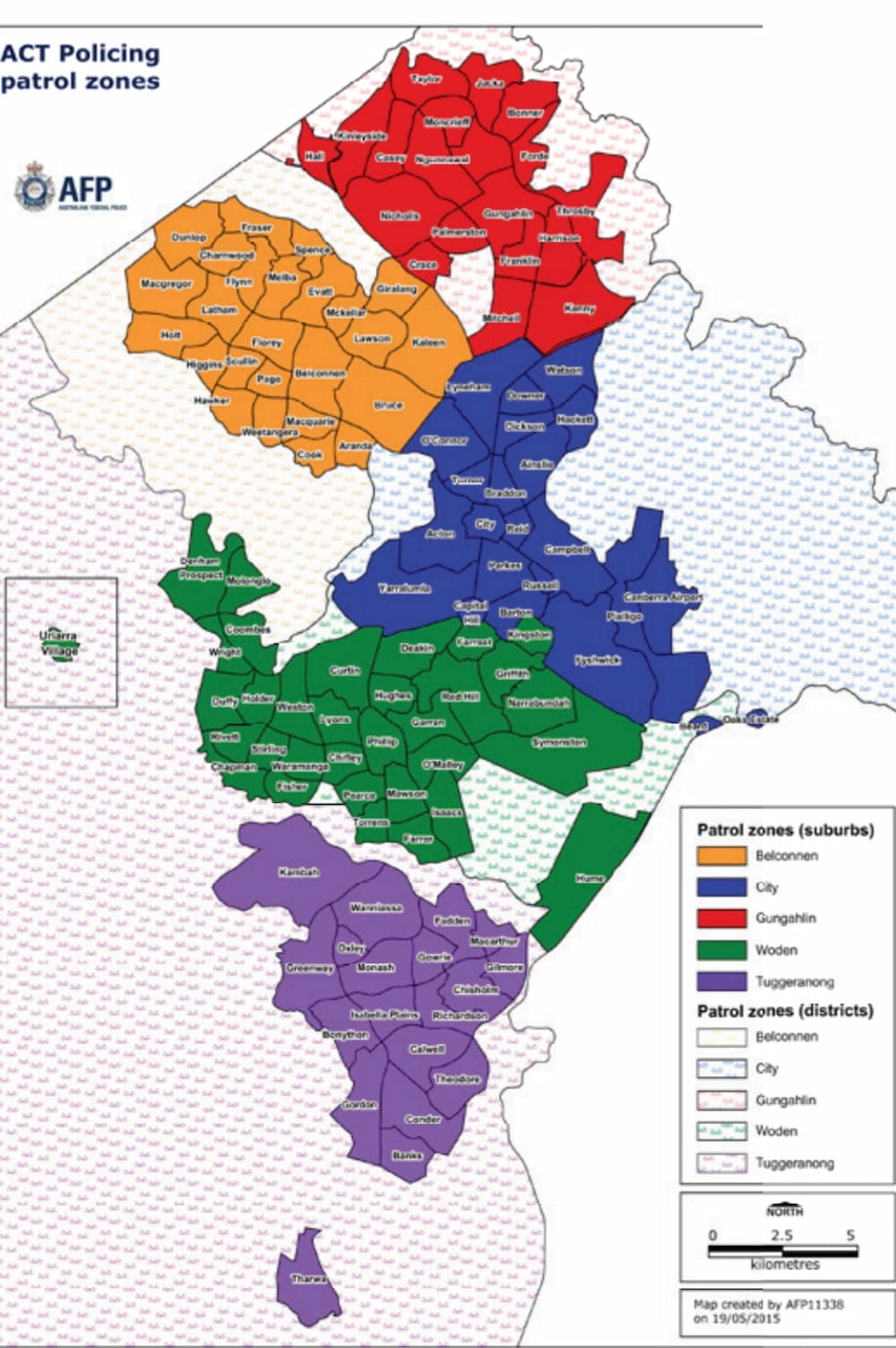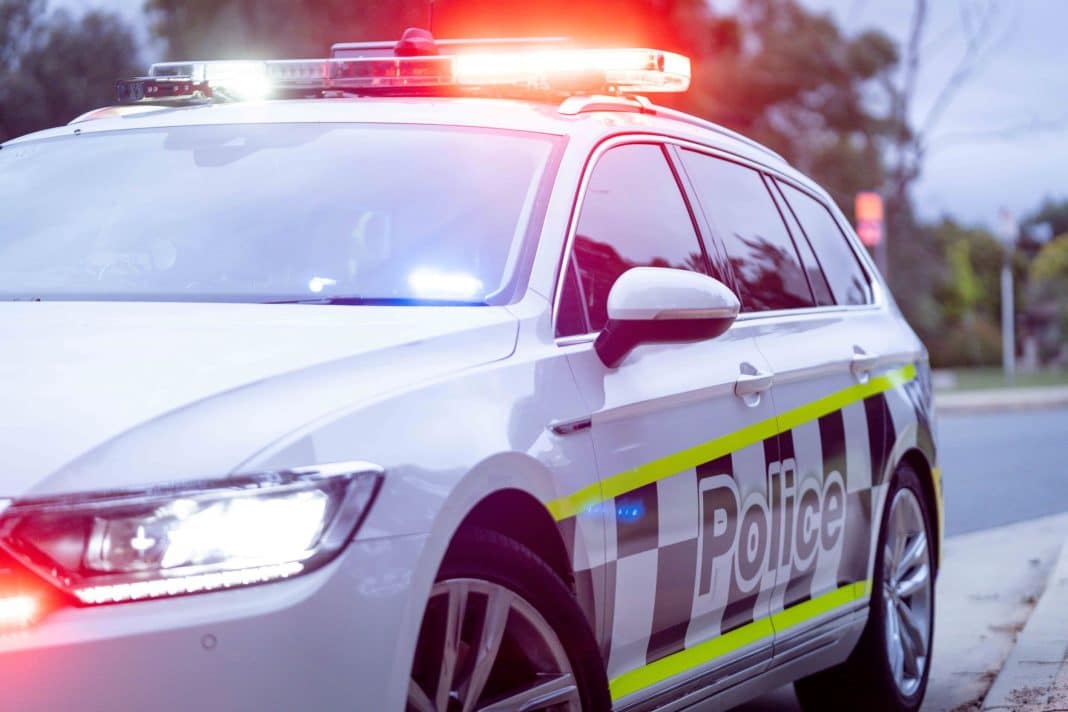The ACT Government cannot provide a timeline for a police station in the Molonglo Valley, the Canberra Liberals claim.
“My office is regularly contacted by members of the community who are concerned about the levels of crime in Molonglo, and the Minister must be upfront with them and clearly state if and when they will get a police station,” said Liberal MLA Jeremy Hanson, Shadow Minister for Police and Member for Murrumbidgee.
Mr Hanson asked Mick Gentleman, Minister for Police and Emergency Services, about the station in Monday’s Estimates Hearings.
“A decision has not been made yet,” Mr Hanson reported Mr Gentleman as saying.
Mr Hanson said it was not good enough for Mr Gentleman to keep the community in the dark, and that he must provide some clarity about when the area will receive a police station.
“While the Minister produced vague statements about reports and cabinet documents, he was not able to provide any clarity or relevant information to the community about when they will have a permanent police station in Molonglo,” Mr Hanson said.
“This is just another example of the government failing to adequately plan. Once again, the Molonglo community misses out.”
A combined Molonglo police station and Traffic Operations Centre was a Liberal election promise in 2020, and was welcomed then by the Australian Federal Police Association (AFPA). The AFPA said this week that it would support a new station out at Molonglo, but that it must be staffed and resourced appropriately.
- Liberals pledge new police station for Gungahlin (1 October 2020)
“Following years of under resourcing by the Labor-Greens government, police in the ACT are stretched to the limit,” Mr Hanson said. “As a result, there is a lack of police presence in the Molonglo Valley and surrounding areas.”
ACT Policing has the lowest number of police officers per 100,000 people in Australia, the AFPA spokesman said. “Members are fatigued and already stretched, which is influencing morale.”
“It is not good enough for these [Molonglo Valley] suburbs to rely on the Woden Police Station, which is already understaffed and having to cover Woden Valley, Weston Creek, and Molonglo,” Mr Hanson said.

An AFPA spokesman said that Woden Station’s patrol zone was large, and covered a lot of territory, including Hume, Kingston, Uriarra Crossing, and Denman Prospect (shown in green on the map).
“With Molonglo increasing in population and size, this puts pressure on an already stretched Woden Patrol.”
According to the ACT Policing crime statistics map, only 306 of the ACT’s 16,131 crimes committed in the first half of this year occurred in the Molonglo district. An ACT Government spokesman said that the ACT experienced low crime rates compared to other jurisdictions, and the number of offences reported to police had decreased by 11 per cent in the last decade. Crime rates in the Weston and Molonglo areas were no different from other parts of Canberra insofar as some crime types have increased, but most had decreased over the past few years.
But AFPA president Alex Caruana queried whether all petty and minor crimes were being reported, and whether the Woden centre suffered from Woden police responding to Molonglo crimes.
“ACT Policing is policing a community that is increasing in population and geographical size,” Mr Caruana said. “The government was caught off guard recently when an extra 20,000 citizens were “discovered”. The fact that Canberra is bursting at the seams is plain to see, and ACT Policing needs to grow commensurately. If the government chooses not to fund a minimum increase in numbers, longer response times are inevitable.
“Looking at the demographics of Molonglo, this would be a recipe for disaster. There are a higher number of young families. This equates with a higher prevalence of family violence.
“The ratio of government housing to private houses is the same as other town centres; it is reasonable to predict that there would be the same prevalence of drug-related crime (per capita) and anti-social behaviour. Response times and capability are key in preventing and disrupting these kinds of crimes.
“Social infrastructure for the Molonglo town centre is lagging noticeably behind other centres of Canberra. Bored and frustrated children and teenagers, often with no way of accessing other parts of Canberra, will mean an increase in bad and anti-social behaviour. Petty vandalism, graffiti, and violence among kids are all more noticeable in Molonglo.”
Theft, burglary, and property damage offences often rise in suburbs where new housing is being built, an AFPA spokesperson also said. Burglaries at houses under construction and building sites occur; the offenders steal tools, building materials, and appliances such as ovens and hot water systems. These areas also seem to attract anti-social driving behaviour, as the area usually has little traffic, and little population presence to report such behaviour to police.
The AFPA said it would support a new station out at Molonglo, but that it needed to be staffed and resourced appropriately.
“There needs to be an incentive for senior ACTP members to staff and manage a new station, and part of this incentive is that working and running it actually be workable,” Mr Caruana said.
“We reject any model for a new station where resources and staffing are ‘borrowed’ from other stations, thus spreading thinner the small number of police we have in the ACT.
“Canberra already has the lowest per capita rate of police officers to private citizens in the country. Gungahlin station is the best example of a new ACT station done wrong, and the government must learn from this mistake through proper planning and recruiting.”
The police numbers in Gungahlin are lacking when compared to the size of the patrol zone and population, the AFPA believes.
“The health of my members is paramount,” Mr Caruana said. “ACT Policing is stretched both in terms of physical numbers and psychologically. ACT Policing members are the utmost professionals, and will continue to do their jobs even under adverse conditions; however, the long-term effects of doing this frankly scare me. If Woden (or Belconnen) station had more police officers, they could manage the growing population and current urban sprawl. However, it would be a better solution to have a dedicated police station in the area to share the burden of policing and to maintain appropriate response times.”
Mr Caruana conceded that it was far cheaper for the ACT Government to simply increase police numbers (by 200-300) instead of building a new station, and that this increase in police numbers could be used to police the new suburbs from the Woden/Belconnen stations.
Asked by Canberra Daily about the police station, the ACT Government instead spruiked its fire and ambulance station.
“The ACT Government continues to invest in emergency services infrastructure around the Territory, including in the Molonglo Valley,” a spokesman said. “The most recent budget contains almost $24 million for a new joint ACT Ambulance Service and ACT Fire & Rescue emergency services station in the Molonglo Valley.
“Meeting the policing needs of the Molonglo Valley community in the short and long term – including preparing for population growth, future transport networks, and crime trends – is a key consideration in the planning and delivery of these projects.
“While police stations will always be a part of the police ecosystem, it is important to recognise that ACT Policing officers have more communication tools and technology than ever before, which allows them to do more of their work on the road, and respond faster to crimes when they are committed…
“We are confident that a joint fire and ambulance station in the Molonglo Valley will help meet the community’s emergency service needs into the future.”
Get local, national and world news, plus sport, entertainment, lifestyle, competitions and more delivered straight to your inbox with the Canberra Daily Daily Newsletter. Sign up here.



